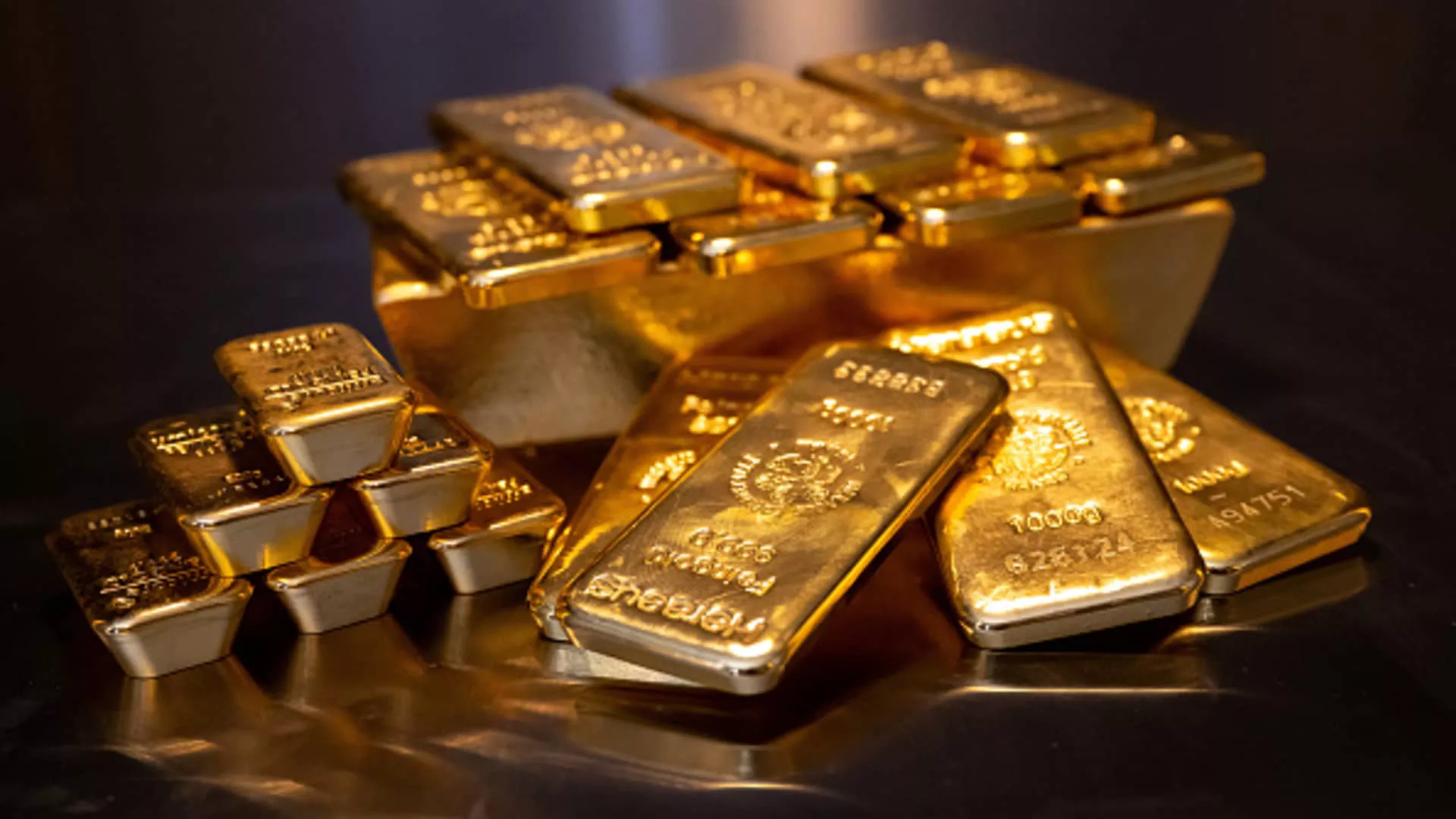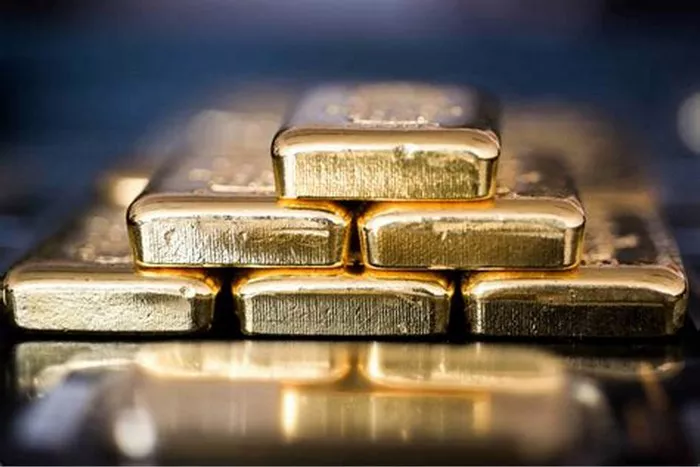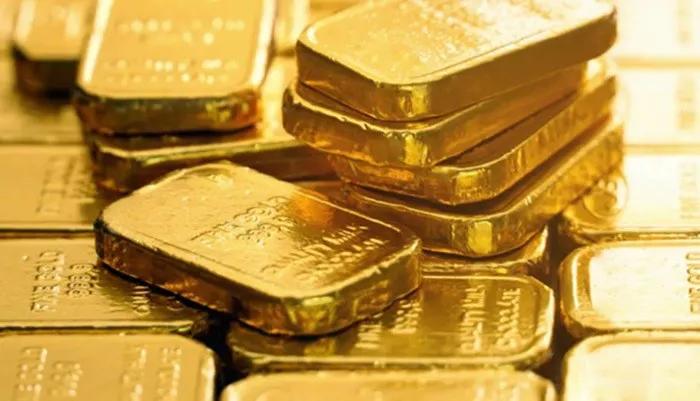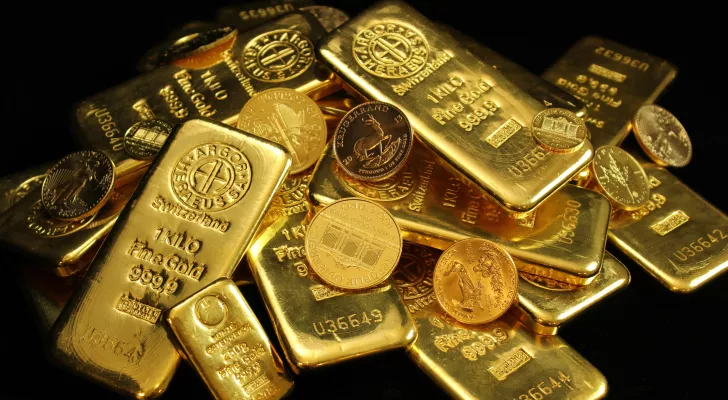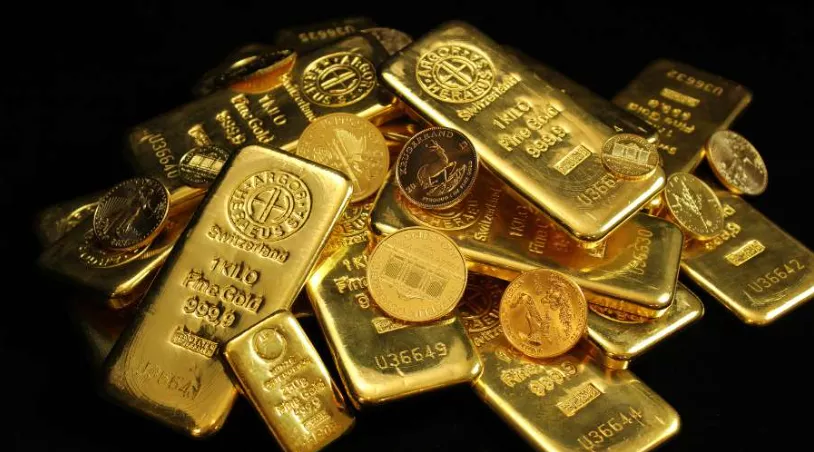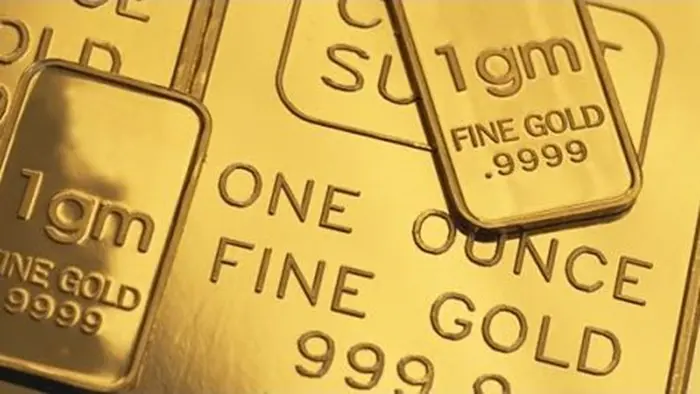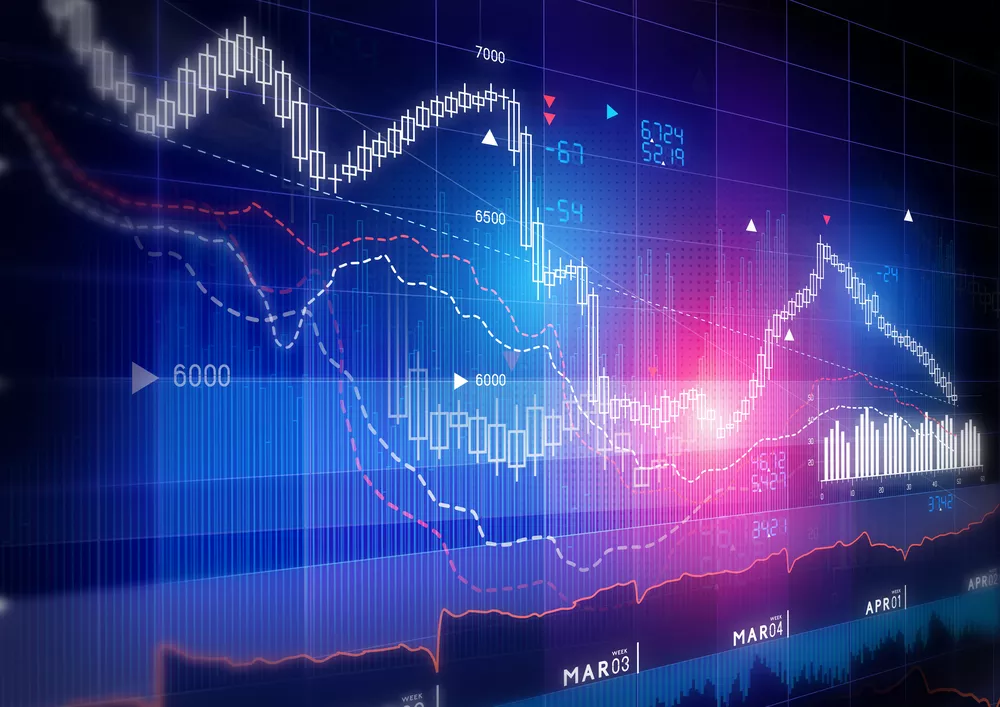Gold and platinum are two of the most well-known precious metals. Both have been used for centuries as stores of value, in jewelry, and in industrial applications. Despite their similarities, gold is typically worth more than platinum, even though platinum is rarer than gold in the Earth’s crust. This price difference has puzzled many people for years. To understand why gold is worth more than platinum, we must consider several key factors, including their rarity, industrial uses, demand, and market dynamics.
In this article, we will explore the reasons behind the price discrepancy between gold and platinum. We will break down the factors that influence the value of each metal, and how they contribute to gold’s higher price. By the end of this article, you will have a comprehensive understanding of why gold holds more value than platinum and the economic, industrial, and historical reasons that shape their respective prices.
Understanding the Basics of Gold and Platinum
1. What is Gold?
Gold is a yellow, dense, and malleable metal that has been used by humans for thousands of years. It is one of the most well-known precious metals, prized for its rarity, beauty, and ability to resist corrosion. Gold is often used for making coins, jewelry, and in investment forms like bars and bullion. It is also used in electronics and aerospace industries due to its excellent conductivity and resistance to tarnish.
2. What is Platinum?
Platinum is a dense, malleable, and silvery-white metal that is also considered a precious metal. It is highly resistant to corrosion and is widely used in the automotive industry for catalytic converters, as well as in jewelry and electronics. Despite its many valuable applications, platinum is generally less known or associated with wealth than gold, even though it is rarer in the Earth’s crust.
3. Rarity of Gold and Platinum
Both gold and platinum are rare metals, but platinum is significantly rarer than gold. According to geological estimates, platinum is about 15 to 20 times rarer than gold in terms of Earth’s supply. However, rarity alone does not determine a metal’s price.
Factors that Influence the Price of Gold and Platinum
1. Supply and Demand Dynamics
One of the most significant factors affecting the price of any commodity is the supply and demand balance. Gold’s price is heavily influenced by demand, while platinum’s price is largely shaped by both supply disruptions and industrial demand.
Gold’s Demand:
Investment Demand: Gold is often seen as a safe-haven asset, especially during times of economic uncertainty. Investors flock to gold during periods of inflation, recession, or geopolitical instability. The demand for gold as an investment store of value has been a significant driver of its price.
Jewelry and Industrial Use: Gold is extensively used in jewelry, accounting for a significant portion of global gold demand. Additionally, gold has industrial applications, including in electronics, dentistry, and aerospace.
Platinum’s Demand:
Industrial Use: Platinum’s industrial applications, especially in automotive catalytic converters, have historically driven a large portion of its demand. However, the growth of electric vehicles (which use fewer platinum-based components) has impacted platinum demand.
Jewelry: Platinum is used in high-end jewelry, especially in rings and watches. However, its use in jewelry is less widespread than gold, partly due to its higher price and the cultural preference for gold in many parts of the world.
2. Rarity and Extraction Costs
Although platinum is rarer than gold in the Earth’s crust, its extraction process is much more complex and costly. Platinum is primarily extracted from a few regions, with South Africa accounting for the largest share of platinum production. The complex and expensive extraction process for platinum drives up its production costs.
In contrast, gold extraction is more widespread and less expensive in comparison to platinum. While gold mining still involves significant costs, it is relatively easier to mine and refine compared to platinum. This difference in extraction processes impacts the price difference between gold and platinum.
3. Economic and Industrial Factors
Global Economic Factors:
Gold has long been considered a hedge against inflation and currency fluctuations, and it performs well during periods of economic instability. Central banks hold significant amounts of gold in their reserves, which further supports its value. Gold is also often used as a hedge against economic instability, meaning that its demand rises in times of financial uncertainty.
Platinum, on the other hand, is more closely tied to industrial demand. A slowdown in industries that rely on platinum, such as the automotive sector (especially in catalytic converters), can cause a reduction in demand for the metal. This sensitivity to industrial cycles can result in more volatility in platinum prices compared to gold.
Demand from the Automotive Industry:
Platinum’s price has traditionally been driven by its demand in the automotive industry, where it is used in catalytic converters to reduce harmful emissions. While platinum remains essential for this use, the rise of electric vehicles (EVs), which do not require platinum-based catalytic converters, has somewhat reduced the overall demand for platinum in the automotive sector.
Gold, on the other hand, is not dependent on any single industrial use. It is widely regarded as a safe-haven asset and continues to see demand from investors and central banks, regardless of fluctuations in industrial demand.
4. Market Sentiment and Perception
The market perception of gold and platinum plays a critical role in determining their relative prices. Gold has a long history as a store of wealth and is deeply embedded in the financial system. It is considered a universal symbol of value, and its price tends to rise in response to financial crises, geopolitical instability, or inflation.
Platinum, while valuable, does not have the same level of market sentiment backing its value. It is primarily seen as an industrial metal, with less of the cultural and financial significance that gold carries. This difference in perception contributes to gold being valued higher than platinum in the market.
5. Historical Context and Cultural Significance
Gold has held significant cultural and financial value for thousands of years. Ancient civilizations used gold as currency and as a symbol of wealth and power. This long-standing cultural importance gives gold an intrinsic value that platinum does not possess.
In contrast, platinum has not had the same level of historical importance. While it has been used for centuries, platinum did not gain widespread recognition until the 19th century. Its use as a precious metal for jewelry and as a currency has been much more recent than gold’s. This historical context plays a role in the higher demand and value of gold.
6. Market Liquidity and Trading Volume
Gold is one of the most liquid assets in the world. It is traded globally in large volumes, making it easier for investors to buy and sell. The large liquidity and continuous demand for gold help to maintain its high price.
Platinum, on the other hand, is less liquid. It is traded in smaller volumes and has fewer buyers and sellers in the market. The lower liquidity can result in greater price fluctuations and a more volatile market for platinum compared to gold.
Why Does Gold Continue to Be Worth More Than Platinum?
1. Gold’s Role as a Safe-Haven Asset
Gold is universally regarded as a safe-haven asset, meaning that it holds its value during times of economic and political instability. This perception has made gold a go-to investment for both individuals and institutions looking to protect their wealth. Gold’s ability to retain value, even in times of crisis, drives demand and keeps its price higher than platinum.
2. Gold’s Demand from Central Banks
Central banks around the world hold large quantities of gold in their reserves. This official demand for gold supports its value. Platinum, while it may have industrial applications, does not have the same demand from central banks.
3. Gold’s Cultural and Historical Value
Gold has been used for thousands of years as a symbol of wealth, power, and prestige. Its cultural significance across multiple civilizations contributes to its value. Platinum does not share this same deep cultural association.
4. Stability of Gold Prices
Gold prices tend to be more stable over time compared to platinum prices, which can fluctuate more based on industrial demand. This stability in gold prices makes it a more attractive investment and helps to support its higher value.
5. Market Perception and Investor Sentiment
The market’s perception of gold as the ultimate store of wealth ensures consistent demand and helps maintain its higher price. Platinum, while valuable, does not have the same widespread market sentiment backing its value.
Conclusion
While platinum is rarer than gold, gold consistently holds a higher price due to a variety of factors, including its historical, cultural, and economic significance. Gold has long been seen as a store of value, a safe-haven asset during times of economic turmoil, and an investment choice for both individuals and central banks. In contrast, platinum’s price is influenced more heavily by industrial demand, particularly in the automotive sector, and it does not have the same broad, historical appeal as gold.
In conclusion, the higher value of gold compared to platinum can be attributed to its cultural importance, its role in the financial system, its investment demand, and its historical role as a symbol of wealth. Although platinum is a rare and valuable metal, it does not command the same broad demand across sectors and markets as gold, resulting in its lower price.
Related topics:

